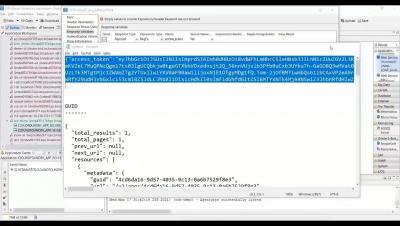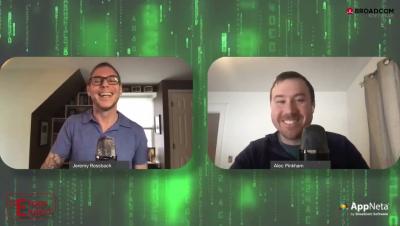Case Study: What a Migration to DX APM SaaS Looks Like
If you’re running earlier versions of Application Performance Management (APM), including version 10.7, on-premises and considering upgrading to DX APM SaaS, you’re undoubtedly curious what the migration process might look like. In this blog post, I’m going to share the story of one of Broadcom’s Fortune 50 customers and how they successfully migrated more than 30,000 production agents while navigating time constraints around their busy holiday season.




